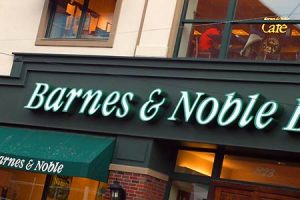 Print on demand makes sense for the vast majority of self-published writers – especially fiction writers. The average sales for a self-published book of fiction is 30 copies, and that might be generous. If you sell 100 copies or over, you’ve done very well. 500 is extraordinary and anything over 1000 is in the stratosphere. That’s the plain truth: if your book is not in bookstores, it’s much harder to unload copies of your book.
Print on demand makes sense for the vast majority of self-published writers – especially fiction writers. The average sales for a self-published book of fiction is 30 copies, and that might be generous. If you sell 100 copies or over, you’ve done very well. 500 is extraordinary and anything over 1000 is in the stratosphere. That’s the plain truth: if your book is not in bookstores, it’s much harder to unload copies of your book.
It’s a very tactile experience picking up a book, leafing through it, and finally making a decision to buy the book. A book is an object and people want to make a decision want to make sure whether or not they want to make it part of their library. Just having reviews or author blurbs posted on a website is only part of the bookselling process. This is core to why it’s difficult to sell self-published fiction. People just aren’t as willing to take a gamble on a little-known writer, let alone a little-known writer who has self-published the book.
Publishing Print by Run (PBR) Rather than Print on Demand (POD)
Because this is the reality, it makes perfect sense to publish print on demand. Why bother absorbing the expense of printing up 500 books upfront if it’s a longshot of those books ever selling? That’s true, but there is an equal argument to be made for pre-ordering a large print run of a book. The two main reasons are:
1. It’s ultimately less expensive. 500 books sold through Lulu will cost $3,250. When you add a Global Distribution package, marketing, book design, and any other features, you could be looking at $4000-$5000 for 500 printed books. A print run, on the other hand, will include book design, and even some marketing, as is the case with Outskirts Press, for less than if those books were printed on demand.
2. Next, you can get books into bookstores. Printing up your own books is truly a case of becoming your own publisher – which means you have to take on the duties of a publisher. You will be able to sell books to bookstores at a discount, given the fact that cost per book is lower, and you can guarantee to bookstores that you will be able to buy back unsold quantities of the book.
With print on demand, you cannot buy back books because you would actually lose money in the transaction. Generally, print on demand books are more expensive: even just the base price of printing the book will be higher than the discount you will give the bookstore (Read this post for information on setting discounts). Therefore when you buy back the book from a bookstore, it will be for more money than it cost the book to be printed. Over a large scale with many bookstores and you could stand to lose a lot of money. But you won’t likely even get to this point, as bookstores won’t stock print on demand books in the first place.
If, however, you print up books ahead of time, you can distribute the book through brick and mortar distribution channels because you can charge less money per book. One of the major drawbacks to POD books is the cover price. An unknown writer’s book might go for $18.00, while a bestselling writer’s book will retail for $5.00. That’s tough competition. If you don’t have hope of wide bookstore distribution – i.e. you’re an unknown writer who can’t promise books being sold – then a distributor is not going to want to take you on any more than a bookstore, as it costs the distributor to ship and store books.
But if you anticipate selling over 1000 books due to name recognition – or the book is a non-fiction title, which has a much better chance of selling in bulk – then you should consider publishing via a print run to save on costs and increase the potential for distribution. Check out the site Book Printing Revolution for comparisons of costs between different book printers.
Get an Editorial Review | Get Amazon Sales & Reviews | Get Edited | Publish Your Book | Enter the SPR Book Awards | Other Marketing Services





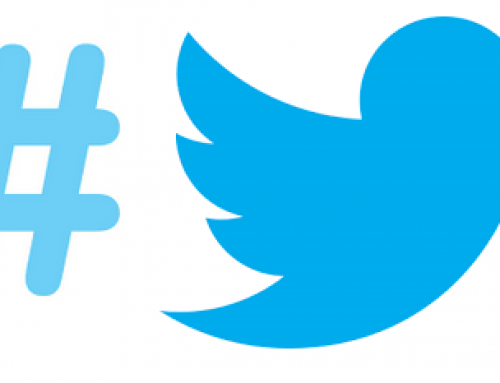

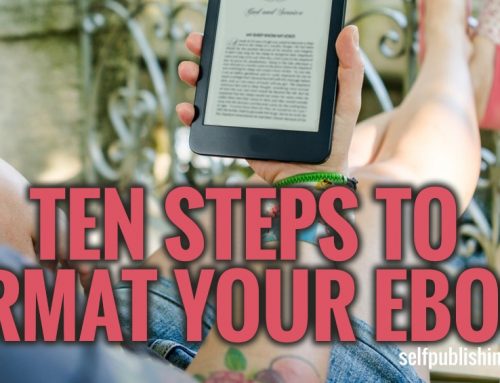
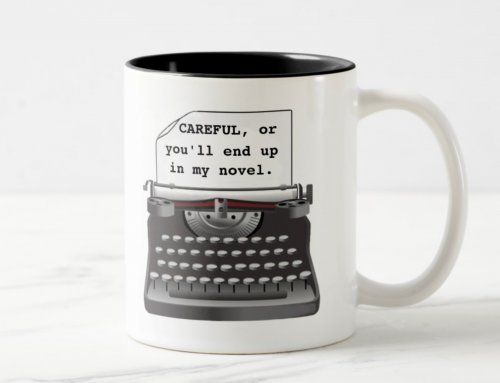
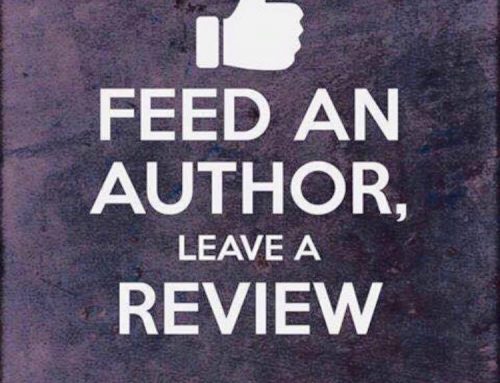

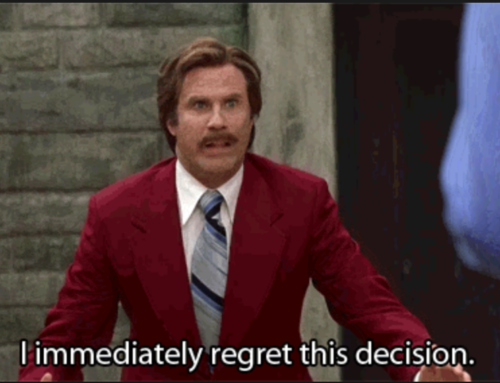
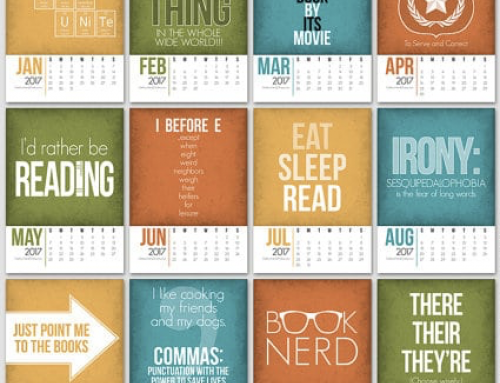

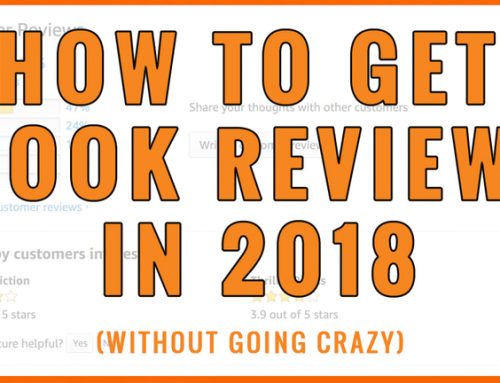
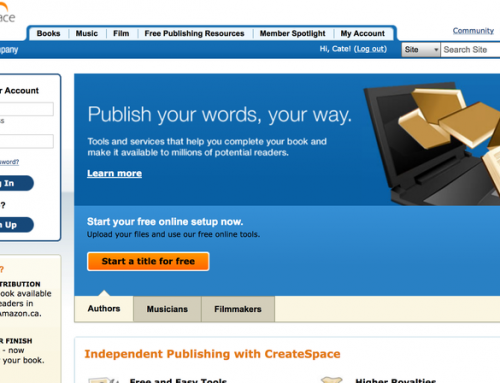
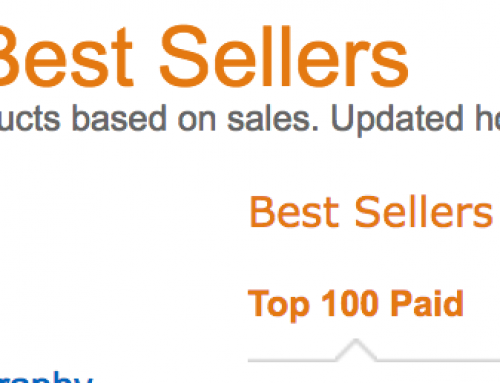
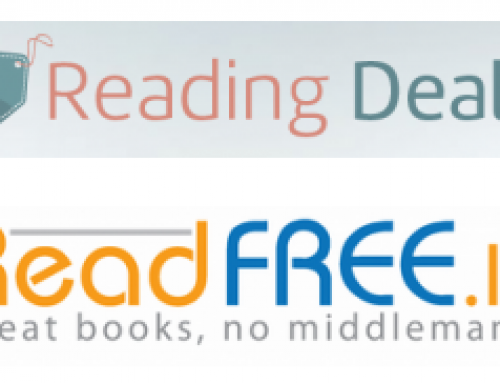

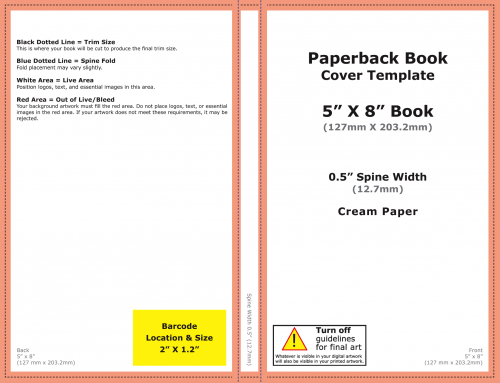
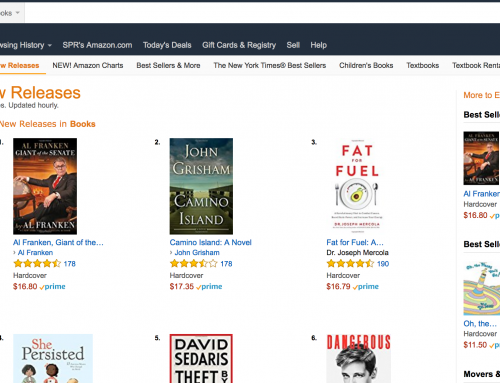
I went with a print run for my novel “The Shenandoah Spy” and is selling fairly well despite the current economic situation. It has gotten six “five star” reviews and we paid particular attention to the cover design and the interior presentation, adding a map and cast of characters list. (Historical fiction is complicated and you can’t tell the players without a program sometimes.) We also priced it high enough to return a decent margin on sales. The numbers for that simply did not work with POD. Finally we got a small distributor, Pathway Book Service, to put it into the “brick and mortar” stores. We have a “virtual book signing” at out web site, at full price. It is on Amazon and a few stores carry it as a stock item.
That’s because we also got out and promoted it. I did 22 events for this book last year. 12 of them were signings at Hasting Entertainment stores. This chain has 152 stores and the signings are arranged with the local Book Manager at each store. Very nice friendly people who set up a table for you right next to where the video rentals are returned; the highest traffic location in the place. They like to order from Ingram, but you can bring in your own stock and get paid out at the end of the event in cash. Given that Ingram failed to deliver in half these instances on time, carrying extra stock in the car turned out ot be a very smart move. (you give them the same 40% discount, of course). Hastings now has made this a stock item for all stores with one to three copies each at any one time.
They are mostly in the Southwestern states. Most of my signings were in New Mexico and Texas.
I also did some independently owned stores. Again, they like to order from Ingram. Ingram buys from Pathway. So Does Baker & Taylor and so does Barnes & Noble and Amazon. Barnes & Noble makes it a special order item. Not in the store. They don’t sell as many as Hastings. By far. They don’t have it on the shelf and rely upon people to ask for it at full price when Amazon sells it always at a discount (We have no control over actual retail prices.)
I have an insight about how best sellers get that way. Chain stores only want items which will have a high velocity (sell lots of copies), but the only way to get those volumes is to have copies of your book in those stores. There is limited shelf space and you can’t sell it if you don’t have it. The big publishers have a method for making a best seller that we can’t match. Print lots of books, ship lots of books, promote widely for a short time and take about half of what you printed back for the remainder dealer or the shredder. A very wasteful system which reduces literary work to the level of a fungible commodity . Currently, self published books are a ghetto. Mainstream media does not review them. Nothing to do with the merit of the work; they just don’t. And they don’t promote them either. The airport book stores do , I am told , 30% of the book sales in the nation. They mostly sell the top one hundred titles. By sales volume. They are not interested in anything that is not already selling well elsewhere. (I asked.)
So this a business model that is hard to compete with directly. Self publishing does allow you to control the life cycle of your work. You don’t get remaindered and have a chance to build an audience and word of mouth. You can promote to niche markets. I’ve did three Civil War Roundtable events and one charity book signing last year. At CWRT events a high percentage of the audience bought my book. At full price. Finding such “table events” for your own book not only addresses a core audience but creates word-of-mouth.
A final note: I don’t think we can compete on price. It’s a big mistake to even try. You have to build enough margin into your pricing that you can make money even at 65% off and set your breakeven point at less than a thousand copies. Short print runs will beat POD every time if you do that.
POD is good for books where you simply have no idea of the demand potential of your book. With that kind of product you are into the Long Tail distribution model and have to make money on every copy even if the price is higher than normal. Your book, especially if it is a novel, is unique! Those who really want to read it will pay for it.
Remember, you control the rights. You can sell mass market edition rights to a traditional publishers once the book has established itself.
Great information, thanks for writing. Good luck with the book!